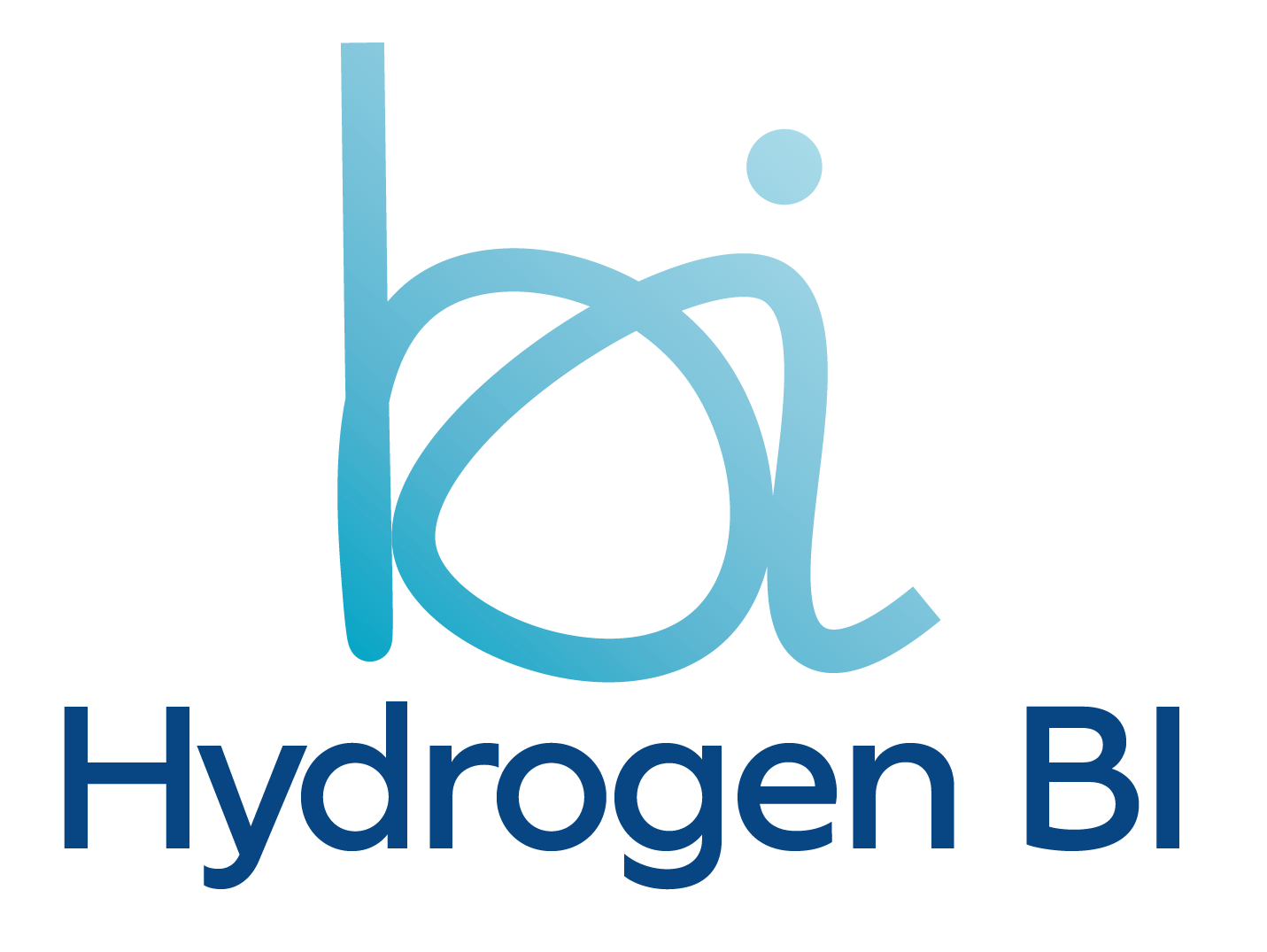AI in Business Intelligence 2025: Trends and Examples
- Alex Hughes

- Oct 28
- 4 min read
The Next Wave of BI Is Here
Five years ago, dashboards were the gold standard of Business Intelligence. Today, AI is turning them into decision engines — tools that don’t just report what happened but explain why it happened and predict what’s next.
In 2025, the line between data analytics and artificial intelligence has officially blurred. From Microsoft Copilot in Power BI to predictive insights baked into everyday reports, AI is no longer a “nice to have.” It’s the core engine of modern business strategy.
At Hydrogen BI, we’ve seen the shift firsthand. Businesses are no longer drowning in data — they’re finally making sense of it.

1. Predictive and Prescriptive Analytics Go Mainstream
Predictive analytics isn’t new, but in 2025 it’s democratised. Tools like Microsoft Fabric, Power BI, and Azure AI now allow teams to build models that forecast sales, spot anomalies, or predict customer churn — without needing a data science degree.
Explore how businesses are already using Predictive Analytics with Power BI to make faster, data-driven decisions.
And it doesn’t stop at prediction. Prescriptive analytics goes one step further, recommending the best course of action based on outcomes. Imagine dashboards that say:
“Your sales pipeline will drop 12% next quarter — increase ad spend in Region A to offset.”
This isn’t science fiction; it’s the everyday reality for data-mature businesses.
2. Natural Language BI Changes How We Ask Questions
Typing SQL queries is officially a thing of the past.With natural language querying, users can now ask Power BI simple questions like:
“Show me last quarter’s revenue growth by region”
or
“Which products are most likely to miss target next month?”
AI translates these into instant visualisations, letting non-technical users self-serve data insights.This means fewer bottlenecks, faster answers, and more confident decisions at every level.
3. Generative AI Turns Data into Stories
Generative AI is redefining how insights are communicated.Instead of static charts, reports now write their own summaries — explaining performance, trends, and exceptions in plain English.
Microsoft Copilot in Power BI already generates dynamic narratives for dashboards, while tools like ChatGPT Enterprise are being integrated into analytics workflows to produce board-ready summaries automatically.
It’s not just automation — it’s clarity. Leaders no longer have to interpret complex visuals; the insight is already written for them.
4. Embedded AI in Microsoft Ecosystem Tools
For many SMEs, the most powerful AI tools are already sitting inside Microsoft 365.Power BI now integrates directly with Copilot, allowing users to generate visuals, build reports, and summarise insights directly in Teams, Excel, or Dynamics 365 Business Central.
Discover how Copilot for Business Central brings AI-driven productivity to finance, sales, and operations.
This means the jump from data to decision happens seamlessly — without switching tools or exporting spreadsheets.
Example:A sales manager in Teams can ask Copilot, “Summarise this week’s performance and highlight any risks,” and instantly receive a visual summary from live BI data.
5. Real-Time Intelligence Becomes the Default
In 2025, static reporting is dead.Modern BI systems pull live data from ERPs, CRMs, and finance tools to create a continuous, real-time view of business health.
AI then monitors these live streams for anomalies — flagging dips in sales, supply chain delays, or cash flow risks automatically. It’s the difference between reacting to yesterday’s report and acting on what’s happening right now.
6. Ethical and Explainable AI Take Centre Stage
As AI takes on more decision-making, businesses are demanding transparency and accountability.Explainable AI (XAI) ensures users can understand why a model made a specific prediction — critical for compliance, trust, and governance.
Regulations like the EU AI Act and growing pressure for data ethics mean BI platforms must show not just the result, but the reasoning behind it.
For BI leaders, this isn’t a limitation — it’s a step towards responsible innovation.
7. Human + Machine Collaboration Defines the Future
The best BI setups in 2025 don’t replace analysts — they amplify them. AI handles data prep, cleansing, and correlation, while humans bring the context, empathy, and creativity to interpret what matters most.
At Hydrogen BI, we call it Augmented Intelligence — technology that empowers your people to think faster, decide smarter, and lead with confidence.
Real-World Examples: AI in Action
Here are some real examples from the field:
Retail: AI models forecast seasonal demand and automatically trigger re-ordering when stock levels dip.
Professional Services: Copilot analyses meeting transcripts in Teams and updates Power BI dashboards with client sentiment trends.
Manufacturing: Predictive maintenance powered by Azure AI warns engineers before equipment failures occur.
Finance: Live dashboards monitor overdue invoices and prompt action before cash flow becomes critical.
These aren’t lab experiments — they’re everyday wins happening in businesses right now.
People Also Ask 🤔
What is the role of AI in Business Intelligence in 2025?
AI is now embedded in every stage of BI — from data collection and cleaning to analysis and presentation. It automates routine tasks, predicts trends, and even generates insights in natural language.
How is Microsoft Power BI using AI in 2025?
Power BI integrates with Microsoft Copilot, allowing users to create dashboards, ask questions in plain English, and get AI-written summaries directly within Microsoft 365 tools.
Will AI replace data analysts?
No. AI supports analysts by automating repetitive work and surfacing insights faster — but human judgment, strategy, and domain expertise remain essential.
What’s the difference between predictive and prescriptive analytics?
Predictive analytics forecasts what’s likely to happen. Prescriptive analytics recommends what to do about it, turning insights into action.






